Για παρεμπόδιση της εξάπλωσης του Covid-19 μέσω των Συστημάτων Κλιματισμού και Εξαερισμού, πρέπει να λαμβάνεται υπόψη το γεγονός ότι τα μικρά σωματίδια του ιού μπορούν να παραμένουν αερομεταφερόμενα για αρκετό χρονικό διάστημα. Με βάση την πρόσφατη βιβλιογραφία των οργανισμών ASHRAE (American Society of Heating, Refrigeration and Air Conditioning Engineers) και REHVA (Federation of European Heating, Ventilation & Air Conditioning Associations) για την μη εξάπλωση του Covid-19, συστήνεται όπως εφαρμόζονται μέτρα κατόπιν συνεννόησης του εργοδότη / διαχειριστή του υποστατικού με τους εμπλεκόμενους εγκαταστάτες / συντηρητές για τη λειτουργία των Συστημάτων Κλιματισμού κλειστών εσωτερικών χώρων εργασίας, τα οποία θα λαμβάνουν υπόψη τα ακόλουθα:
Για μονάδες διαχωρισμένου τύπου (split units), οι οποίες δεν συνδέονται με άλλα κλιματιστικά παρακείμενων χώρων, συστήνεται όπως αυτές να τίθενται σε κανονική λειτουργία (εάν είναι εφικτό, με παρατεταμένο ωράριο) με παράλληλη λειτουργία φυσικού αερισμού (π.χ. με μερικώς ανοικτά παράθυρα ή εξωτερικές πόρτες) για εισαγωγή αέρα στους εσωτερικούς χώρους από έξω. Καθαρισμός / αντικατάσταση των φίλτρων στις μονάδες αυτές θα γίνεται σύμφωνα με την κανονική διαδικασία σύμφωνα με την προγραμματισμένη συντήρηση / απολύμανση. Οι τακτικές εργασίες αντικατάστασης ή συντήρησης φίλτρων και καθαρισμού / συντήρησης των εσωτερικών μερών των κλιματιστικών θα εκτελούνται με χρήση και λήψη όλων των προστατευτικών μέτρων, που αναφέρθηκαν πιο πάνω για την προστασία του συντηρητή / τεχνικού.
Για τα Κεντρικά Συστήματα Κλιματισμού / Εξαερισμού
1. Ρύθμιση, καθαρισμός, απολύμανση, και συντήρηση των εσωτερικών μερών (fan coils, evaporators, κ.ά.) των Κεντρικών Συστημάτων Κλιματισμού / Εξαερισμού για παρατεταμένη λειτουργία. Όπου υπάρχει ξεχωριστός εξαερισμός να γίνονται ρυθμίσεις ώστε ο εξαερισμός να διατηρείται σε λειτουργία 24 ώρες την ημέρα, 7 ημέρες την εβδομάδα, σε χαμηλότερο ρυθμό εξαερισμού όταν δεν υπάρχουν πρόσωπα στον χώρο. Να μην επιτρέπονται επί μέρους διαφοροποιήσεις στη λειτουργία του Κεντρικού Συστήματος (μη λειτουργία τοπικού ελέγχου HVAC).
2. Συστήνεται η αύξηση εισαγωγής εξωτερικού νωπού αέρα, μείωση (ή εάν αυτό είναι τεχνικά εφικτό, τερματισμός) της λειτουργίας ανακυκλωμένου αέρα για αποφυγή πιθανής αερομεταφοράς παθογόνων οργανισμών που περιέχουν αερολύματα όπως τον Covid-19 από ένα εσωτερικό χώρο στον άλλο. Αυτό συνεπάγεται αύξηση της εισαγωγής εξωτερικού νωπού αέρα, συνήθως πολύ ζεστού αλλά και υγρού κατά την καλοκαιρινή περίοδο, με ορισμένα μειονεκτήματα, όπως η επίπτωση στην άνεση των εργαζομένων και επισκεπτών. Για τα ενδεικνυόμενα φίλτρα για χρήση στα Κεντρικά Συστήματα Κλιματισμού / Εξαερισμού, γίνεται αναφορά στο σημείο 9 που ακολουθεί. Για βελτίωση της παροχής νωπού αέρα για κάθε πρόσωπο στον κλειστό χώρο εργασίας, πρέπει να τηρούνται οι οδηγίες για κοινωνική αποστασιοποίηση και η αποφυγή συγκέντρωσης μεγάλου αριθμού προσώπων στον ίδιο κλειστό χώρο.
3. Σε Κεντρικά Συστήματα Κλιματισμού με περιστροφικούς εναλλάκτες αέρα (rotary wheel), θα πρέπει να σταματήσει η περιστροφή τους και αν είναι δυνατόν να απορρίπτεται ο αέρας χωρίς να διέρχεται από τον εναλλάκτη. Επίσης για μείωση των διαρροών αέρα εντός του Συστήματος, θα πρέπει να εξασφαλιστεί ότι δεν υπάρχει πολύ υψηλότερη πίεση αέρα επιστροφής σε σχέση με τον αέρα παροχής. Για Κεντρικά Συστήματα Κλιματισμού με πλακοειδείς εναλλάκτες ολικής ανάκτησης θερμότητας (θερμοκρασίας και ενθαλπίας) να τίθενται σε λειτουργία παράκαμψης (bypass) εφόσον αυτό είναι εφικτό (παρότι δεν τεκμηριώνεται επαρκώς ο βαθμός επικινδυνότητάς τους). Τέλος, σε περιπτώσεις Κεντρικών Συστηματών Kλιματισμού με πλακοειδείς εναλλάκτες μερικής ανάκτησης θερμότητας (μόνο θερμοκρασίας) μπορούν να λειτουργούν κανονικά (χωρίς παράκαμψη) νοουμένου περιορίζονται οι διαρροές λόγω διαφοράς πίεσης αέρα.
4. Σε Κεντρικά Συστήματα Κλιματισμού με ανακυκλοφορία αέρα θα πρέπει να κλείσουν οι ρυθμιστές ροής ανάμειξης (damper) και να απορρίπτεται ο αέρας επιστροφής κατ’ ευθείαν στον εξωτερικό περιβάλλοντα χώρο. Σε περιπτώσεις όπου η ανακυκλοφορία του αέρα υπερβαίνει το 50%, επιβάλλεται η λήψη πρόσθετων μέτρων, ειδικότερα για μεγάλους εσωτερικούς χώρους, π.χ. εμπορικά κέντρα, θέατρα, όπου αναμένεται συνάθροιση κοινού. Τέτοια μέτρα είναι η τακτικότερα απολύμανση των μερών του Συστήματος στα σημεία προσαγωγής του αέρα ή / και άλλες τεχνικές λύσεις.
5. Σε Κεντρικά Συστήματα αερισμού – εξαερισμού όπου γίνεται χρήση συσκευών ολικής ανάκτησης θερμότητας (Heat Recovery Ventilator – HRV – θερμοκρασίας και ενθαλπίας), να τίθενται σε λειτουργία παράκαμψης (bypass) εφόσον αυτό είναι εφικτό. (παρότι δεν τεκμηριώνεται επαρκώς ο βαθμός επικινδυνότητάς τους) και να διασφαλίζεται ότι δεν υπάρχει ανάμιξη και επιμόλυνση από την πλευρά ροής εξαγωγής προς την πλευρά τροφοδοσίας του αέρα. Σε Κεντρικά Συστήματα αερισμού – εξαερισμού με πλακοειδείς εναλλάκτες μερικής ανάκτησης θερμότητας (μόνο θερμοκρασίας) μπορούν να λειτουργούν κανονικά (χωρίς παράκαμψη) νοουμένου περιορίζονται οι διαρροές λόγω διαφοράς πίεσης.
6. Οι αεραγωγοί απόρριψης να έχουν τη μεγαλύτερη δυνατή απόσταση από τα σημεία αναρρόφησης φρέσκου αέρα.
7. Οι μονάδες αεροχειρισμού (Fan Coil Units -FCU) όπου είναι εφικτό, να τίθενται εκτός λειτουργίας, ή όταν αυτό δεν είναι εφικτό, να τίθενται σε συνεχή λειτουργία (24ώρη) για λόγους αποφυγής της επαναιώρησης των σωματιδίων / ιών σε περίπτωση διακοπής και επαναλειτουργίας των μονάδων.
8. Η λειτουργία εξαερισμού από τα Κεντρικά Συστήματα των κλειστών χώρων εργασίας πρέπει να συνεχίζεται, με χαμηλότερο ρυθμό, όταν δεν υπάρχουν πρόσωπα στους χώρους εργασίας. Όπου είναι εφικτός, ο νυκτερινός αερισμός των εσωτερικών χώρων κατά τους καλοκαιρινούς μήνες, προσφέρει ως αντιστάθμισμα τον δροσισμό των χώρων και τη μείωση του κόστους κλιματισμού.
9. Ανάλογα με τη χρήση του χώρου εργασίας και τις τεχνικές προδιαγραφές των Κεντρικών Συστημάτων Κλιματισμού, δύναται να χρειαστεί πιο τακτικός καθαρισμός, αεραγωγών και των λοιπών μερών του Συστήματος, καθώς και συντήρηση ή αλλαγή των φίλτρων στα Κεντρικά Συστήματα Κλιματισμού και στα στόμια εισαγωγής εξωτερικού νωπού αέρα. Περαιτέρω, για ορισμένους κλειστούς χώρους εργασίας, δύναται να απαιτηθεί, εάν είναι τεχνικά εφικτό, η εγκατάσταση ή/και αντικατάσταση φίλτρων (τύπου σακούλας / σακκιών) που να επιτυγχάνουν τουλάχιστον φιλτράρισμα σωματιδίων μεγέθους 0.3 – 1.0 μικρομέτρων (μm) σε ποσοστό έως 75% και σωματιδίων μεγέθους 1.0 – 3.0 μm σε ποσοστό τουλάχιστον 90%, βάσει των προδιαγραφών για Minimum Efficiency Reporting Value (MERV) του Οργανισμού ASHRAE. Συστήνεται χρήση φίλτρων τουλάχιστον της κατηγορίας MERV 13. Βάσει του σχετικού Ευρωπαϊκού Προτύπου ΕΝ779, η αντίστοιχη κατηγορία φίλτρων είναι η F7. Επίσης, με βάση το Διεθνές Πρότυπο ISO 16890, η ενδεικνυόμενη ομάδα φίλτρων είναι η ePM1, η οποία συγκρατεί σωματίδια με μέγεθος μέχρι 1μm, με ελάχιστη απόδοση 50%. Δύναται επίσης να χρησιμοποιηθούν φίλτρα Υψηλής Απόδοσης Απορρόφησης Σωματιδίων, τύπου HEPA (High Efficiency Particulate Air / Absorber) για συγκεκριμένους κλειστούς χώρους εργασίας, όπου η επικινδυνότητα για τους εργαζόμενους η/και για το κοινό, από πιθανή αερομεταφορά του Covid-19, κρίνεται αυξημένη, εφόσον οι τεχνικές προδιαγραφές του Συστήματος το επιτρέπουν. Για τους χώρους με αυξημένη επικινδυνότητα αερομεταφοράς Covid-19, δύναται να χρησιμοποιηθεί εξοπλισμός με υπεριώδη ακτινοβολία ως μικροβιοκτόνο (UltaViolet Germicidal Irridiation, UVGI).
10. Κατά την εκτέλεση εργασιών καθαρισμού, απολύμανσης, συντήρησης / αλλαγής φίλτρων στα Κεντρικά Συστήματα Κλιματισμού, οι εργαζόμενοι (συντηρητές /τεχνικοί) πρέπει να φέρουν κατάλληλα Μέσα Ατομικής Προστασίας (ΜΑΠ), όπως μάσκες προσώπου και γάντια για την προστασία τους σε περίπτωση που τα φίλτρα είναι επιμολυσμένα με ενεργό μικροβιακό φορτίο. Επίσης, να φέρουν μαζί τους κατάλληλα σακούλια για απόθεση των χρησιμοποιημένων φίλτρων που πρόκειται να αντικαταστήσουν. Σε περίπτωση που ο καθαρισμός φίλτρων μέσω πλύσης δεν μπορεί να αποφευχθεί τότε πρέπει να ληφθούν μέτρα απομάκρυνση/περιορισμού εξάπλωσης των παράγωγων της πλύσης σε άλλους χώρους.
11. Στον βαθμό που είναι εφικτό, να γίνονται ρυθμίσεις για επίτευξη σχετικής υγρασίας στους εσωτερικούς κλιματιζόμενους χώρους μεταξύ 40-60% για μείωση της πιθανότητας παραμονής των σταγονιδίων και των παθογόνων σωματιδίων στον αέρα για περισσότερο χρόνο.
12. Στους χώρους υγειονομικών διευκολύνσεων (τουαλέτες) των κλειστών χώρων εργασίας, εάν υπάρχουν παράθυρα, αυτά πρέπει να παραμένουν κλειστά, για να μην υπάρχει ο κίνδυνος η κατεύθυνση του αέρα να μεταφέρει τα σταγονίδια μέσω του Κεντρικού Συστήματος σε άλλους κλειστούς χώρους του κτιρίου. Εάν είναι εφικτό, να γίνεται ο τεχνικός εξαερισμός των χώρων αυτών σε συνεχή βάση όλο το 24ωρο. Η χρήση μηχανημάτων για στέγνωμα των χεριών (jet air dryers) δε συστήνεται γιατί και σε αυτή την περίπτωση υπάρχει κίνδυνος διασποράς των σταγονιδίων. Να τονίζεται η σημασία εφαρμογής των μέτρων υγιεινής της τουαλέτας και καθαρισμού των χεριών πριν και μετά τη χρήση της τουαλέτας με σαπούνι και νερό για 20 δευτερόλεπτα τόσο για το προσωπικό όσο και για τους επισκέπτες και το στέγνωμα των χεριών με χαρτοπετσέτες μιας χρήσης.
13. Συστήνεται η ενίσχυση της παροχής νωπού αέρα σε εσωτερικούς χώρους εργασίας με Συστήματα Τοπικού Εξαερισμού όπου αυτό κριθεί αναγκαίο. Η παροχή του φρέσκου αέρα, όπως αναφέρεται πιο πάνω, πρέπει να γίνεται διαγώνια με το σημείο εξαερισμού εντός του ιδίου χώρου, για αποφυγή επιμόλυνσης άλλων χώρων.
14. Σε περιπτώσεις υποστατικών χωρίς Κεντρικά Συστήματα Κλιματισμού, να ανοίγονται παράθυρα / θύρες για περιόδους 15 λεπτών, για εισαγωγή εξωτερικού αέρα, αν και αυτό συνεπάγεται θερμική επιβάρυνση του εσωτερικού χώρου του υποστατικού.

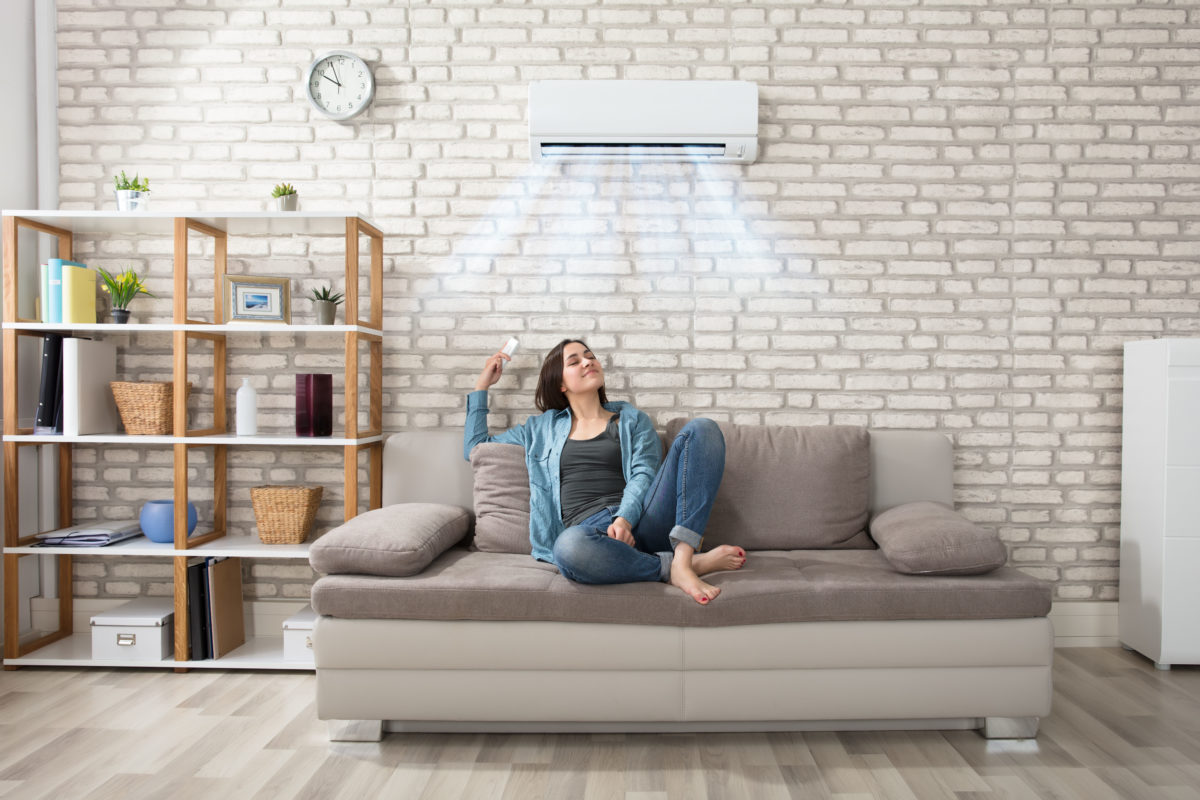
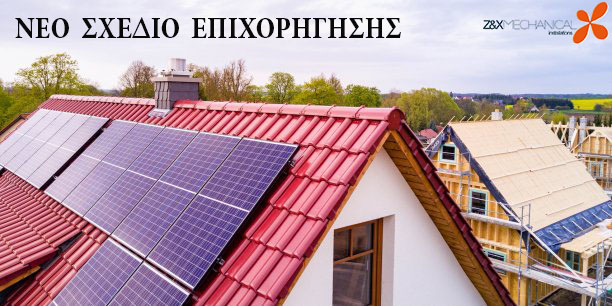
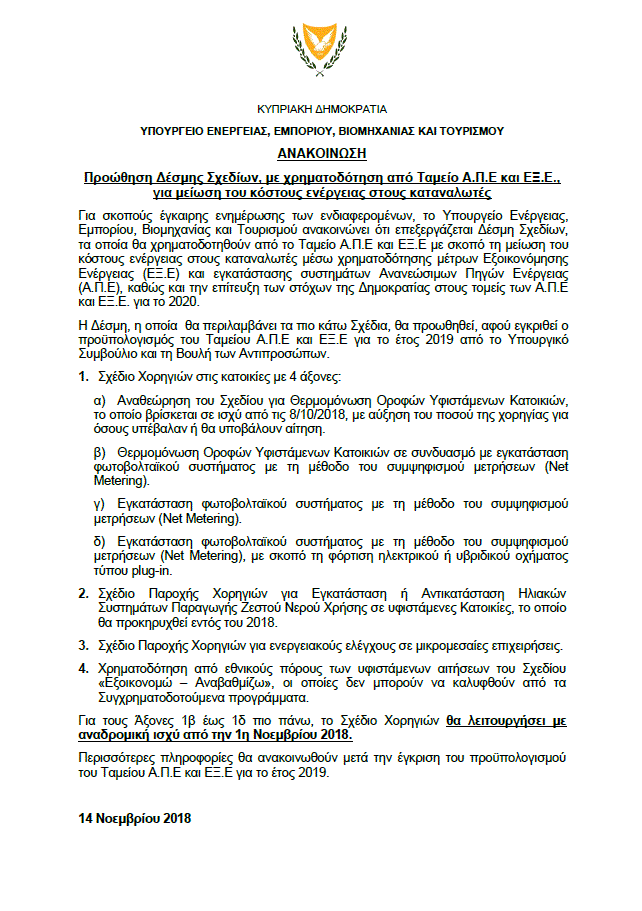
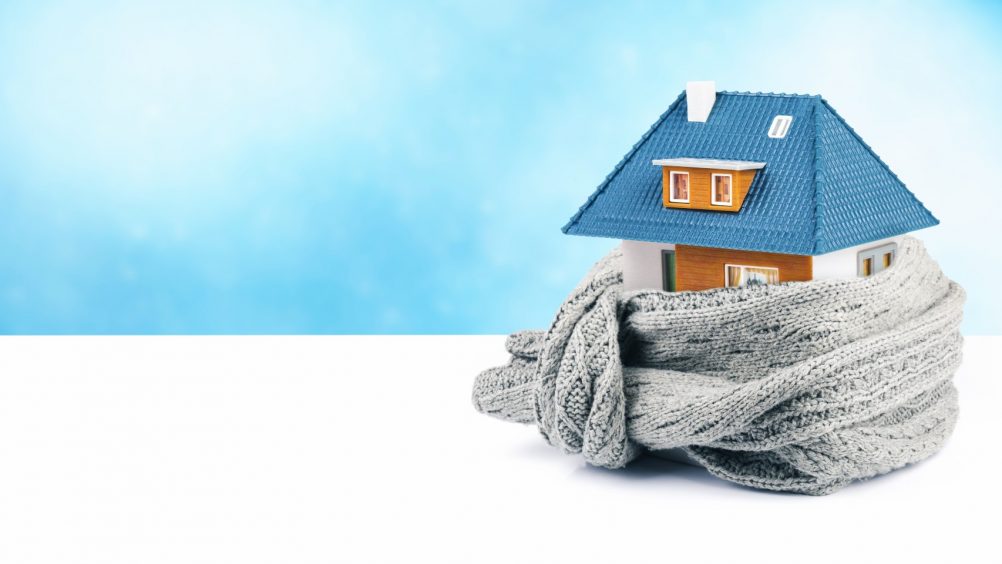
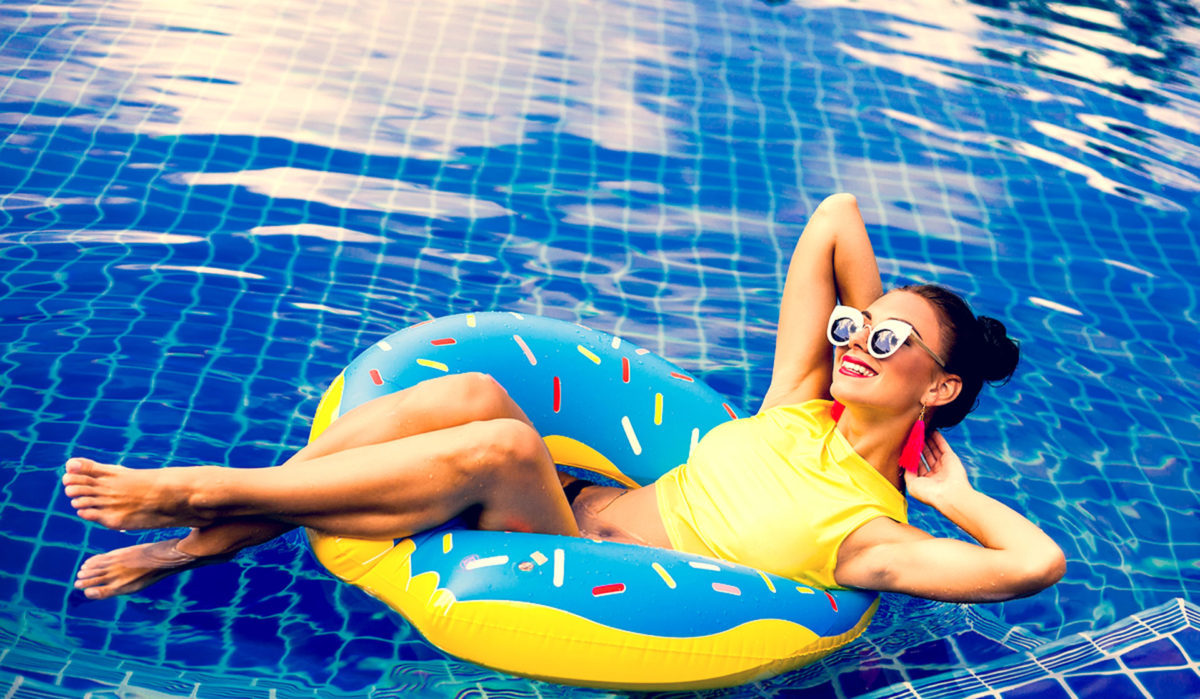
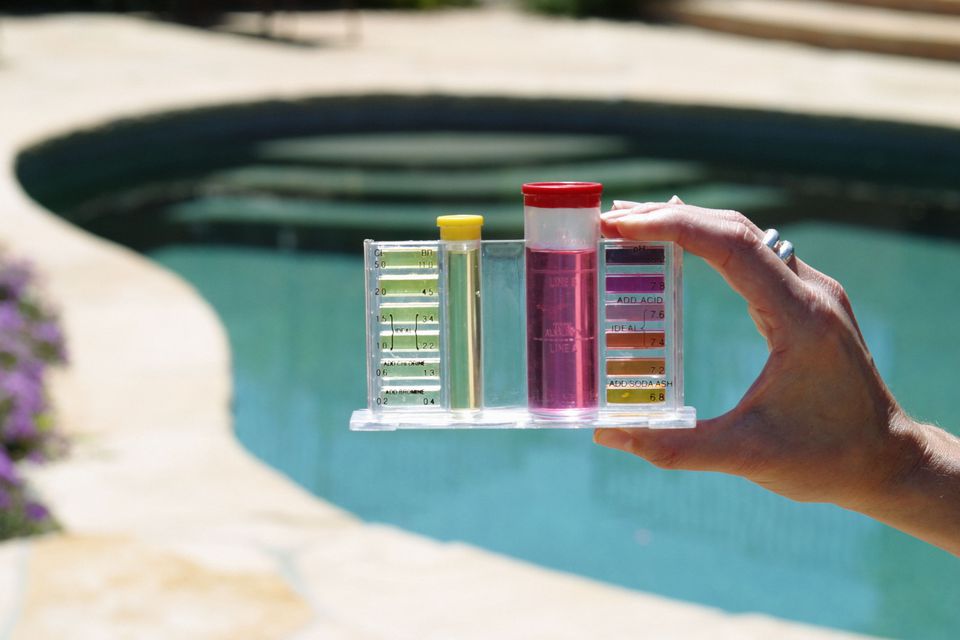
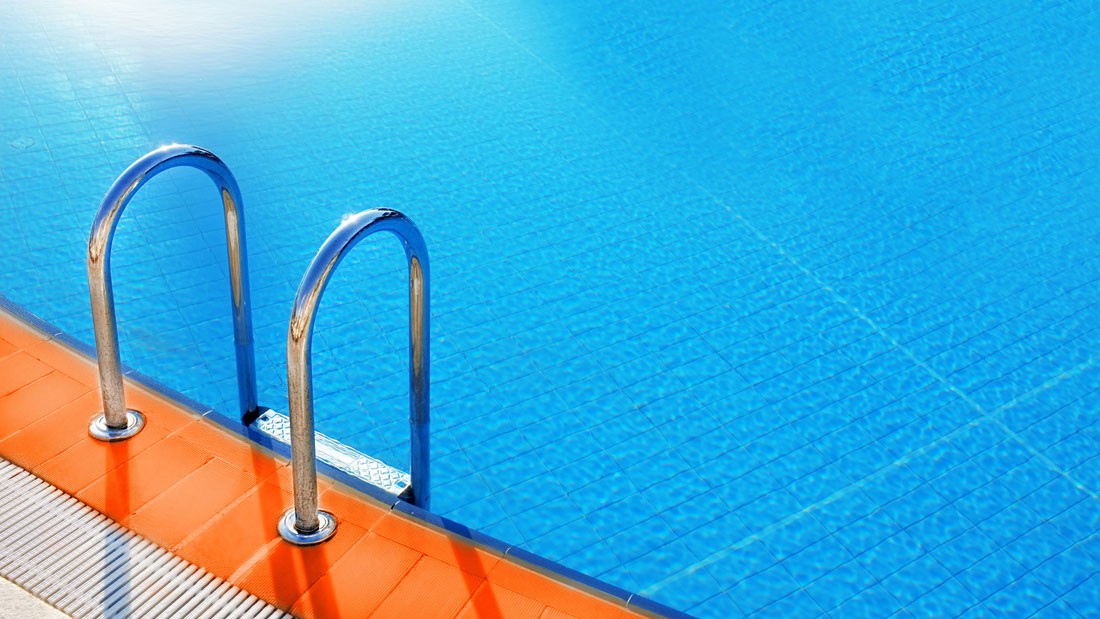





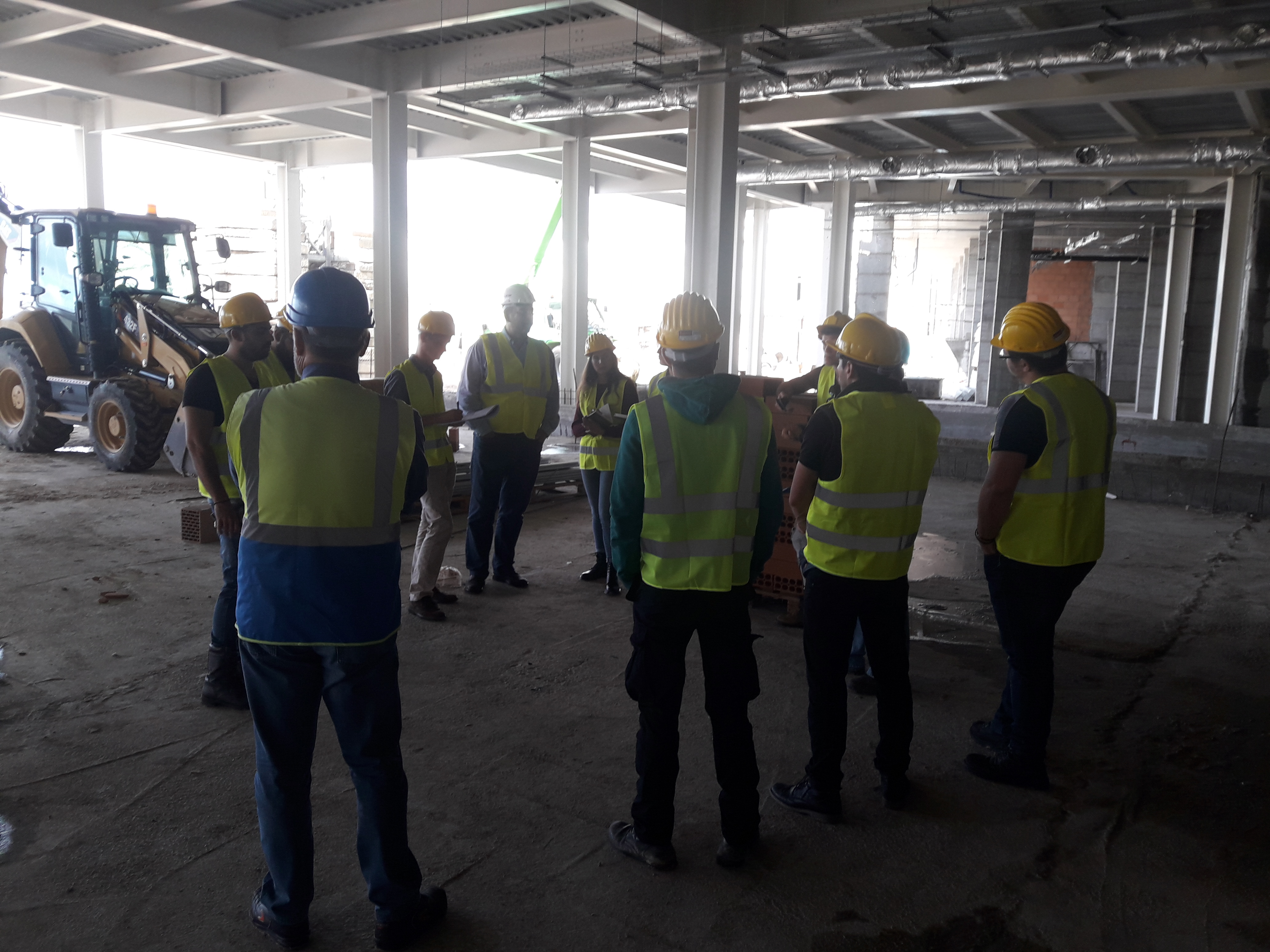
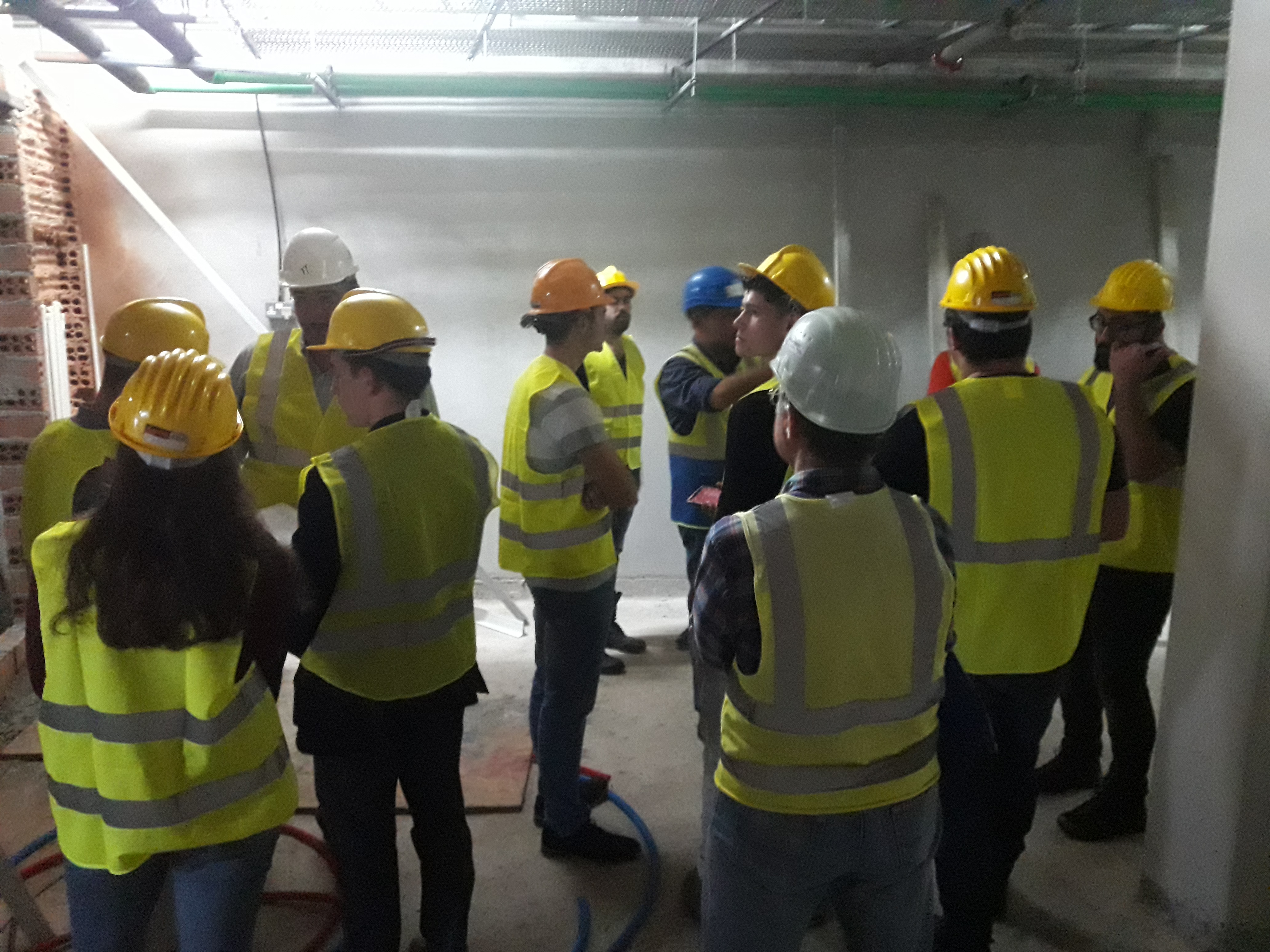
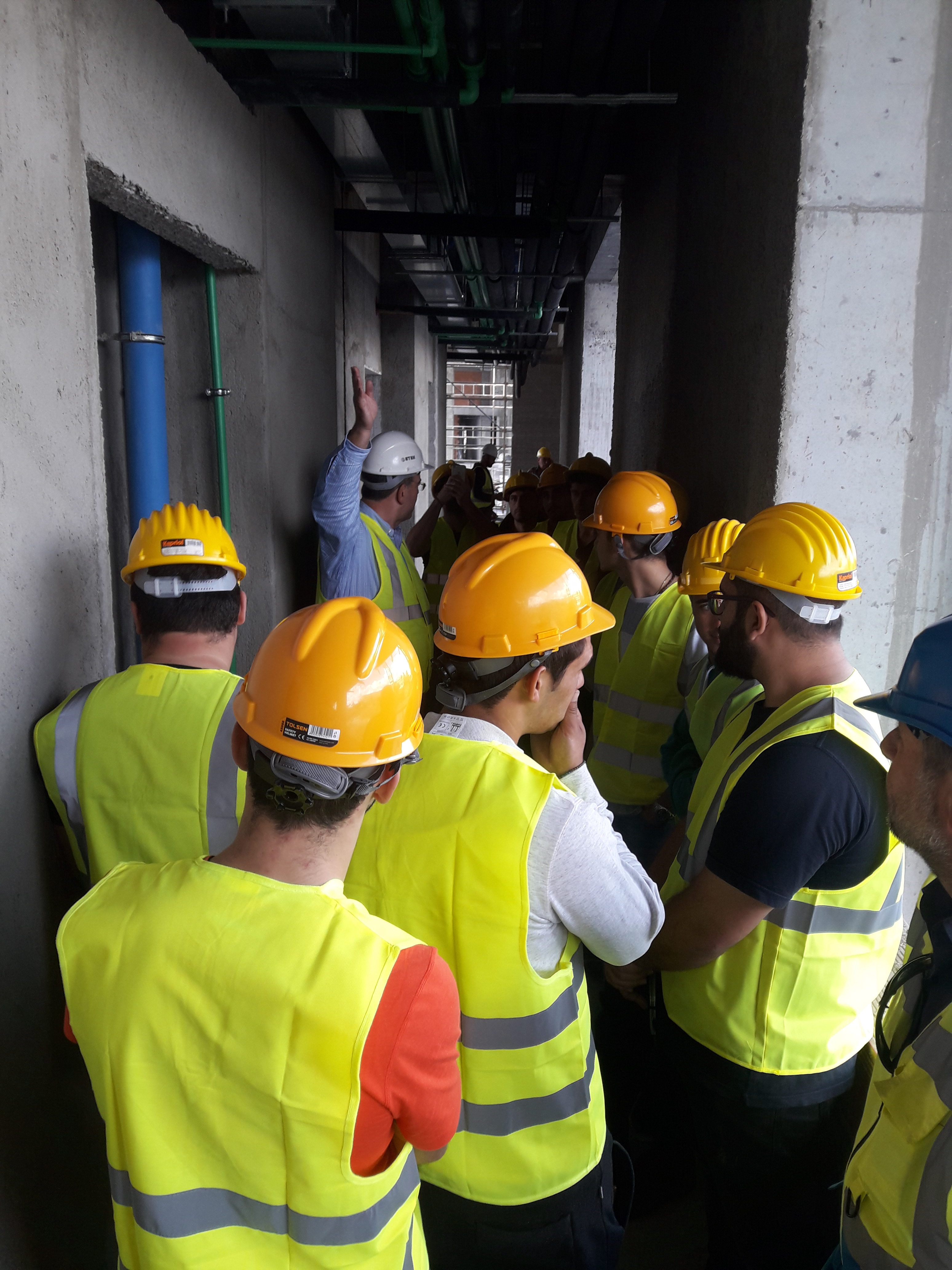
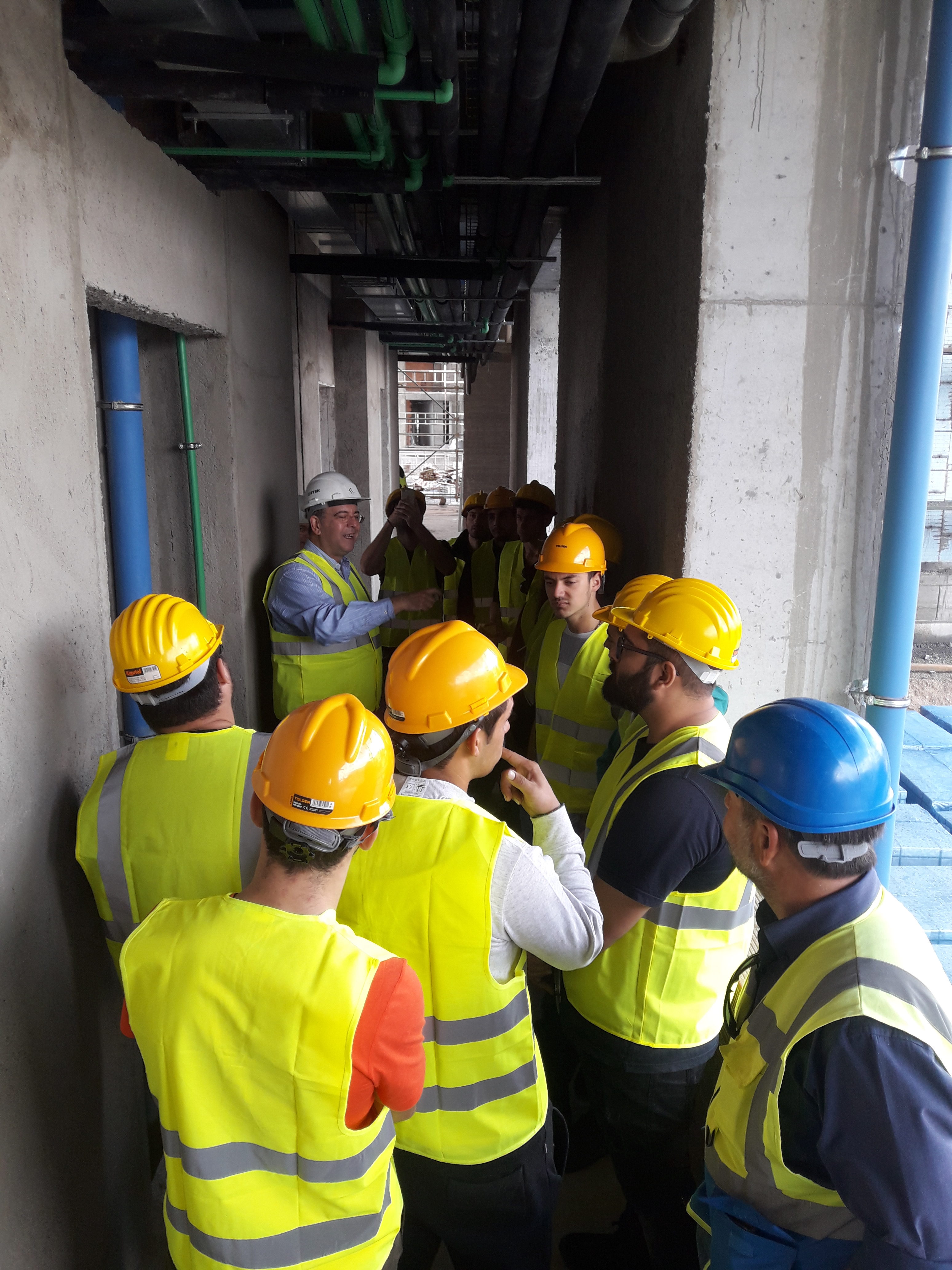
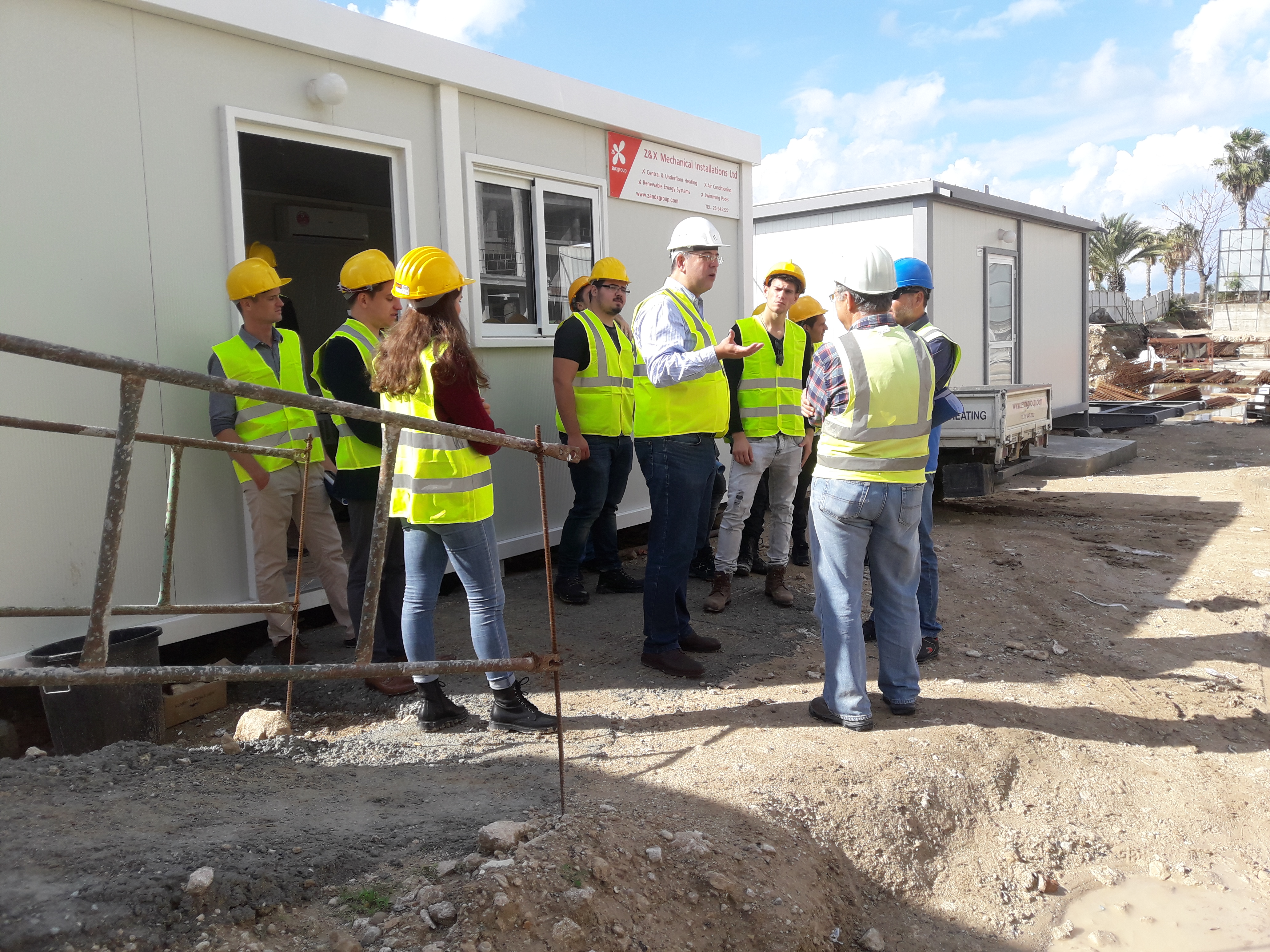
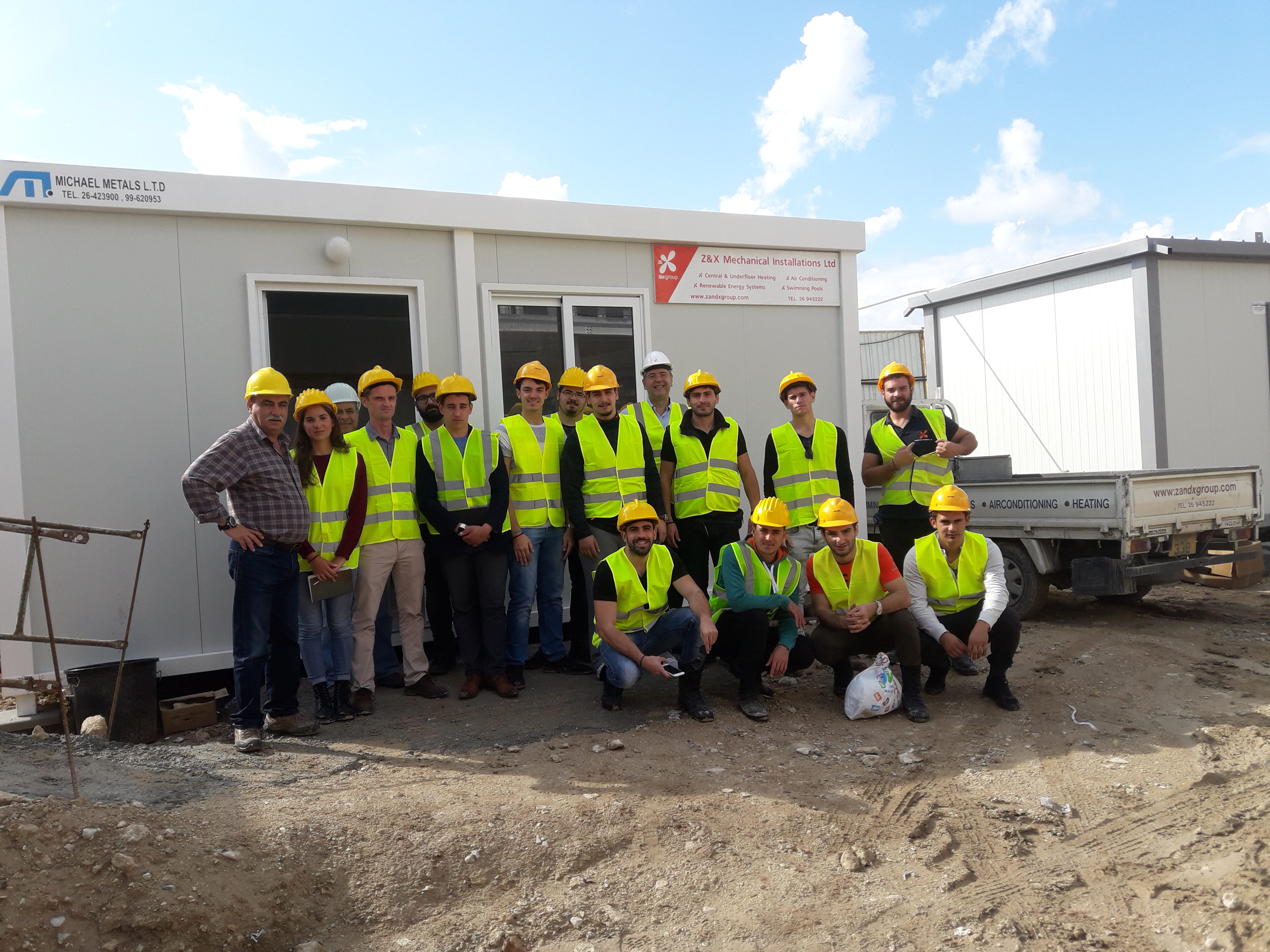
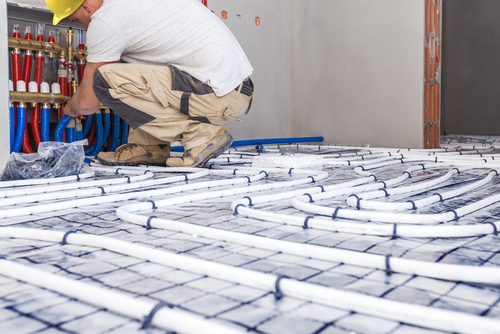
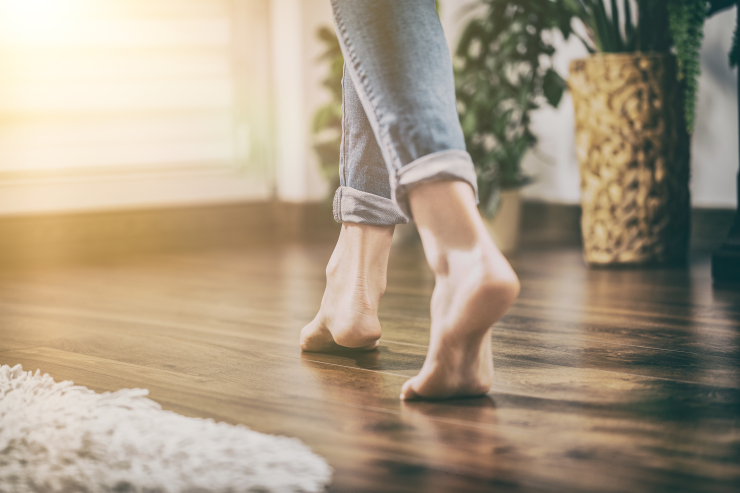
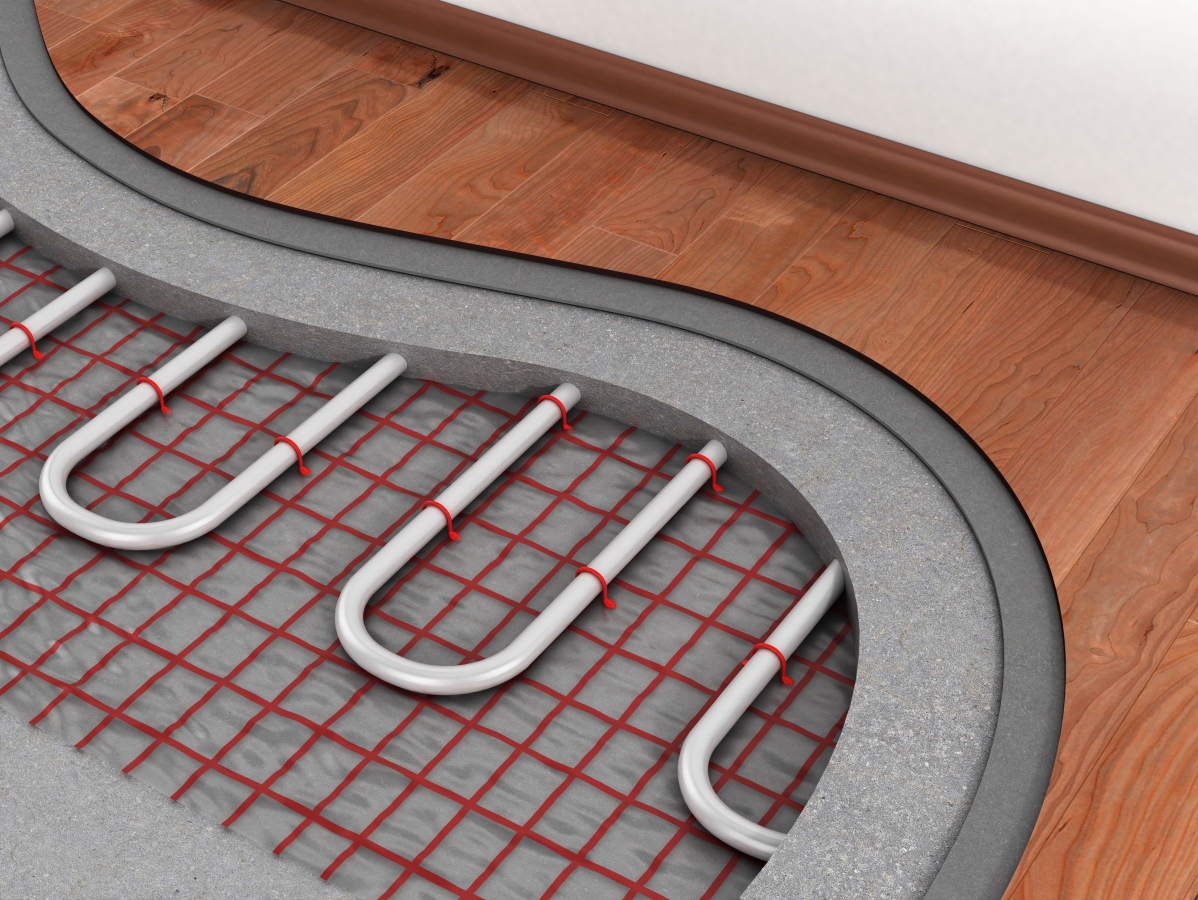
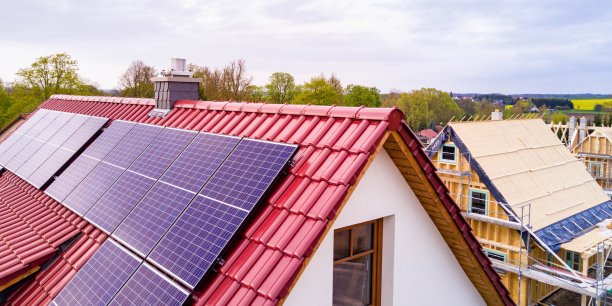
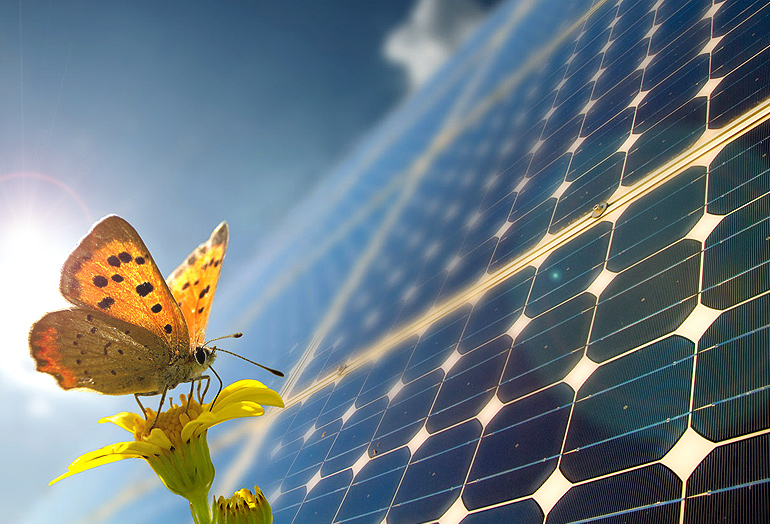

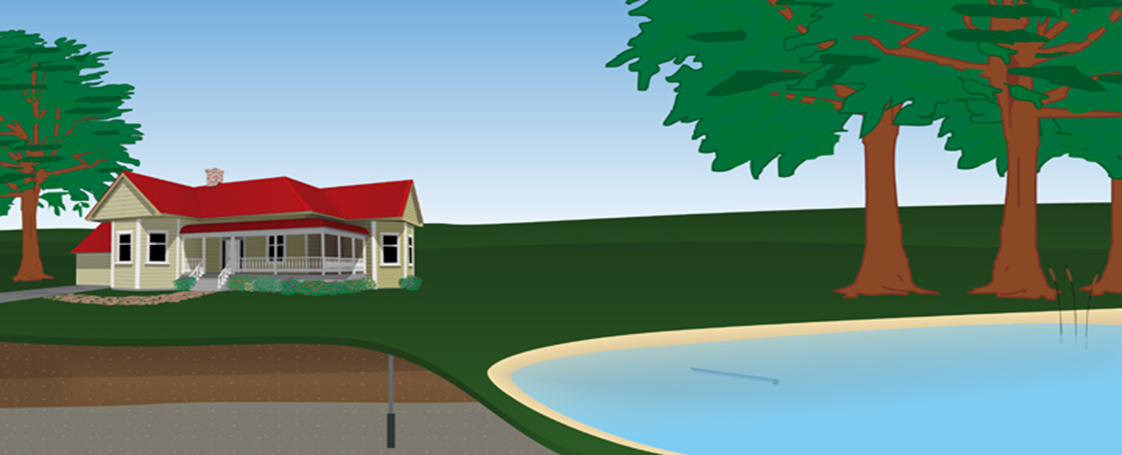
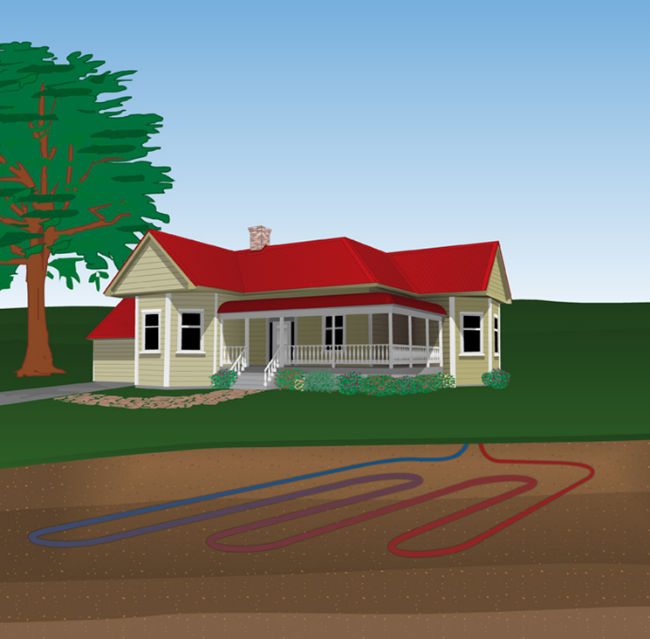
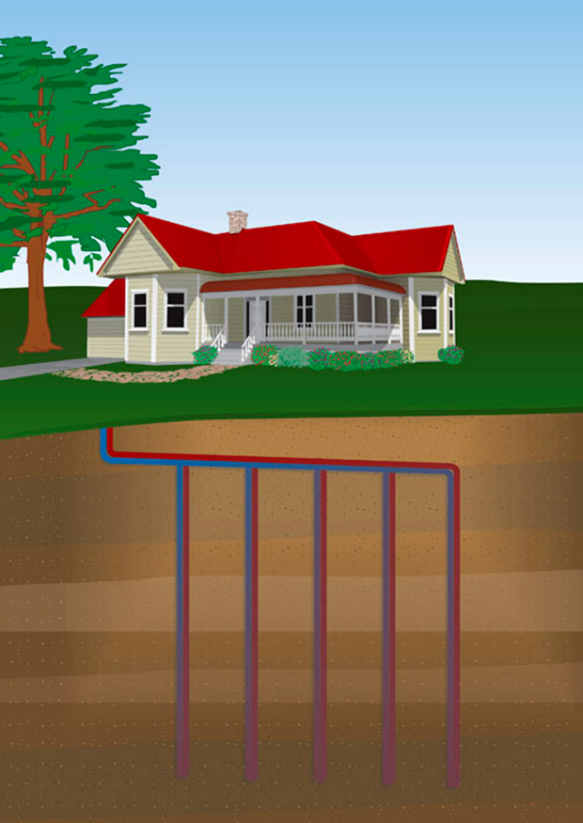 The heat which is collected from the earth is transferred to the system(Heat pump, CHILLER, VRV e.t.c.) and the exchange is made via heat exchangers and transferred to the cooling circuit of the unit as in a normal system. Due to the fact that the temperature is constant in the earth (±18.5°C) the energy required for this this process is much less than in a normal system where the air temperature is 40°C in summer and 5-10°C in winter.
The heat which is collected from the earth is transferred to the system(Heat pump, CHILLER, VRV e.t.c.) and the exchange is made via heat exchangers and transferred to the cooling circuit of the unit as in a normal system. Due to the fact that the temperature is constant in the earth (±18.5°C) the energy required for this this process is much less than in a normal system where the air temperature is 40°C in summer and 5-10°C in winter.
